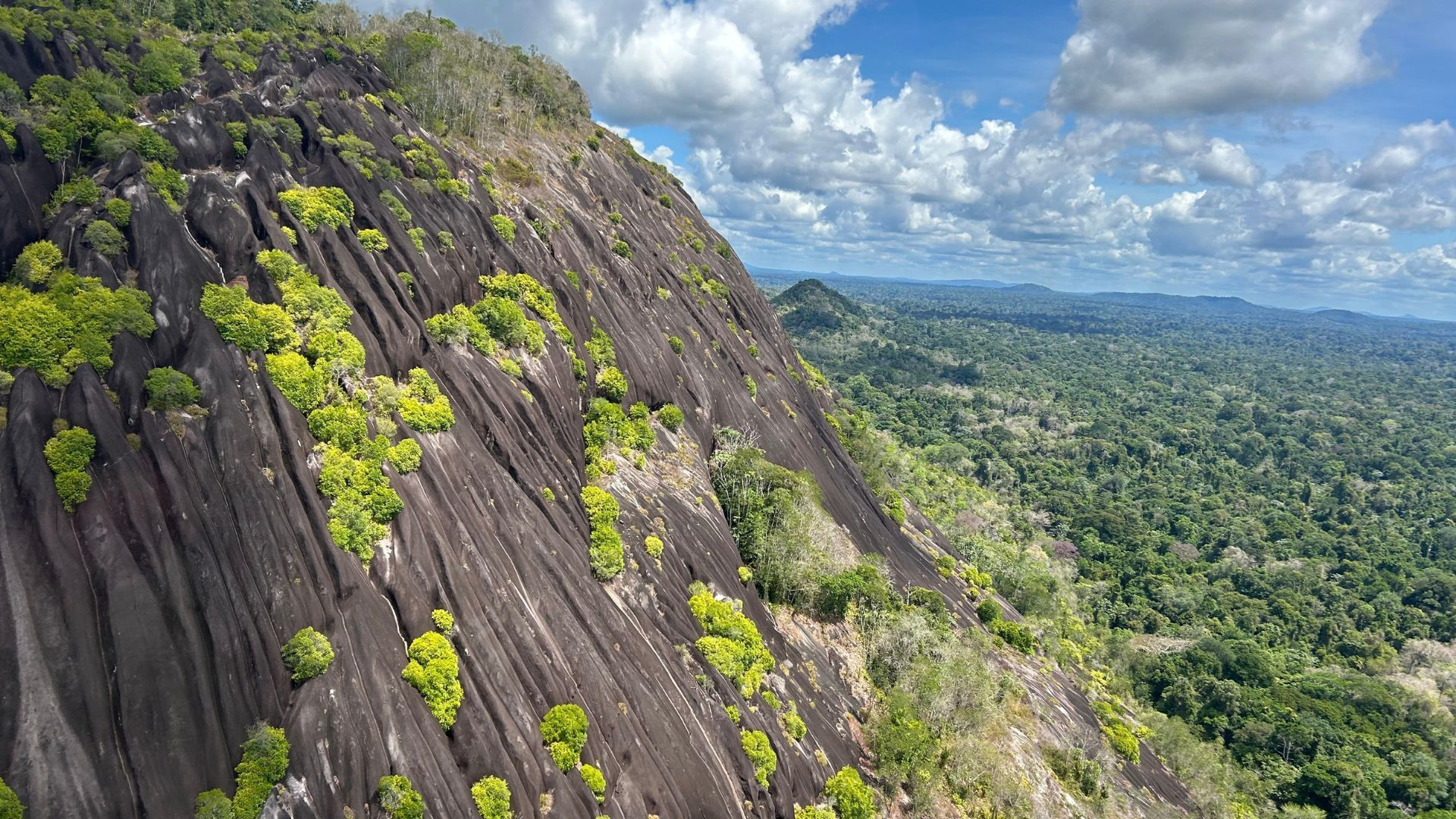
Saturday, March 25th will mark the completion of a critical restoration project in California’s Santa Monica Mountains National Recreation Area (SMMNRA), just outside of Los Angeles. Re:wild and social media company Snap, Inc. teamed up with the National Park Service—and their committed group of volunteers and interns—to rewild the park by planting 100,000 native trees and plants. This rewilding effort is the largest restoration project in SMMNRA to date. Over 3,000 volunteers have participated in these plantings since 2021, dedicating more than 7,000 shared hours of service to help the National Park Service rewild a park hard-hit by wildfires in recent years.
“Completing this project is a celebration we share with the thousands of volunteers that have supported this inspiring rewilding effort,” said Joseph Algiers Jr., a restoration ecologist with the National Park Service. “I've been blown away by the power of these dedicated individuals. Each volunteer has truly appreciated the urgency of the work we're doing to protect the Santa Monica Mountains and contribute to a healthy planet overall.”
The Santa Monica Mountains are part of an extraordinary biodiversity hotspot called the California Floristic Province. This coastal region--with its hot, dry summers and cool, wet winters--provides an ideal habitat for numerous plant and animal species to thrive, many found nowhere else in the world.
Restoring this ecosystem isn’t as easy as throwing seeds and hoping they grow, however. National Park Service staff and volunteers first prepared the land by mowing the area and using augers to drill the holes, then they carefully transplanted seedlings, ensuring they are protected from the weather and hungry herbivores. This is all followed by plenty of watering and weeding to encourage healthy growth.
Despite the establishment of the national recreation area in the 1970s, the region remains threatened by massive fires that continue to grow in intensity due to climate change. Within five years of each other, two fires scorched this mountain range, the Springs fire in 2013 (which covered 24,238 acres) and the Woolsey fire in 2018 (over 21,000 acres of National Park Service land). These flames changed the Santa Monica Mountains on an unprecedented scale. The 100,000th planting is a key part of efforts to restore the areas scorched by the devastating wildfires and to make them more resilient. Over time these restoration efforts will improve soil health, limit the extent of future wildfires, bolster climate stability, and establish habitats to attract more native wildlife to the region.
“By rewilding the ecosystems of the Santa Monica Mountains, we are helping not only ensure Los Angeles residents are able to continue to enjoy the wild so close to home but also supporting one of the planet’s few remaining biodiversity hotspots,” said Mary Brown, Re:wild senior manager of conservation partnerships. “Collaborations like this both support human wellbeing and curb biodiversity loss.”
For thousands of years and still to this day, the Santa Monica Mountains sustained the Chumash and Tongva/Gabrielino Indigenous cultures. Sycamore Canyon, which cuts through Santa Monica Mountains National Recreation Area, was part of a Chumash trade route. To reflect this heritage, the National Park Service in partnership with the Friends of Satwiwa established the Satwiwa Native American Indian Culture Center and Natural Area located at Rancho Sierra Vista, one of the key restoration sites supported by the Re:wild and Snap, Inc. partnership.
This collaboration has worked to restore the unique ecosystem so this biodiversity hotspot can continue to serve as a lifeline and refuge for people and wildlife.
“Our health is strongly tied to the health of our environment,” Algiers said. “It means so much more that the people who live in these areas have come out and improved their own natural areas. Their work has impacted not only them, but will reverberate down through future generations.”
Re:wild Ambassador Nick Rose, who is focused on bringing more businesses into conservation, began the original conversations with Snap Inc. about their corporate environmental commitments. His leadership helped convene our partnership around restoring native species to ecosystems, starting with the Santa Monica Mountains.
# # #
Photo: Volunteer planting native species in restoration project at Santa Monica Mountains National Recreation Area.
Re:wild Re:wild protects and restores the wild. We have a singular and powerful focus: the wild as the most effective solution to the interconnected climate, biodiversity and human wellbeing crises. Founded by a group of renowned conservation scientists together with Leonardo DiCaprio, Re:wild is a force multiplier that brings together Indigenous peoples, local communities, influential leaders, nongovernmental organizations, governments, companies and the public to protect and rewild at the scale and speed we need. Learn more at rewild.org.


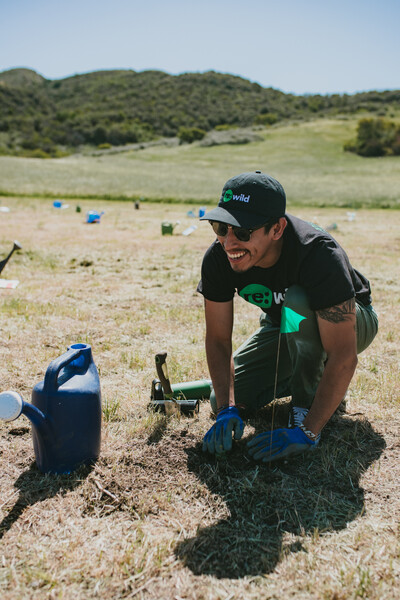


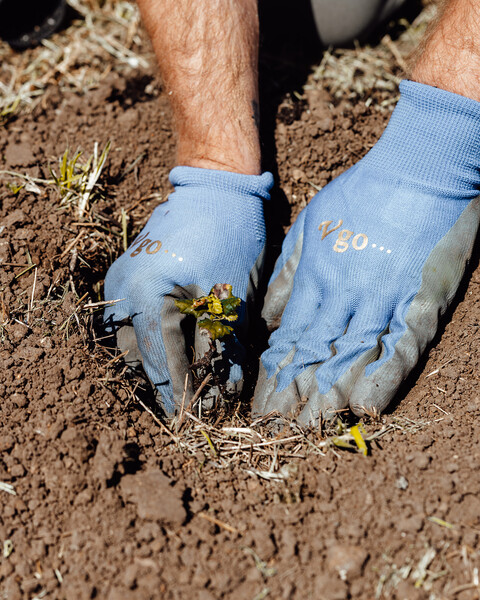


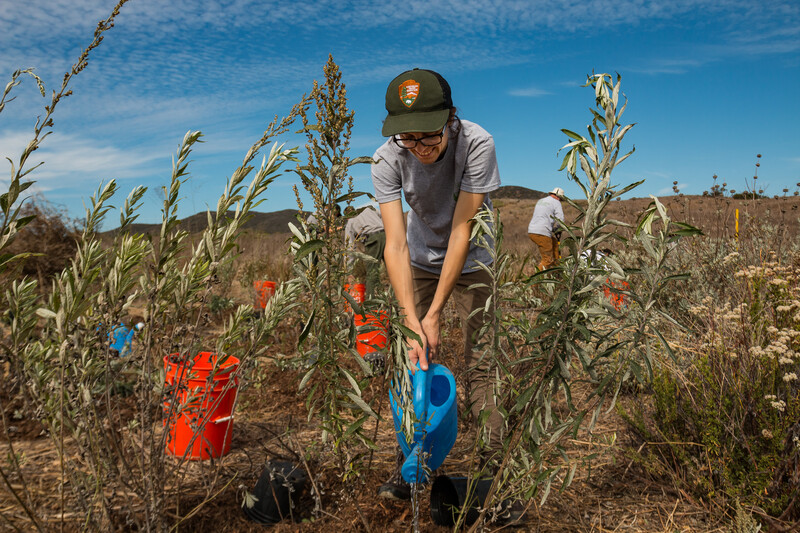


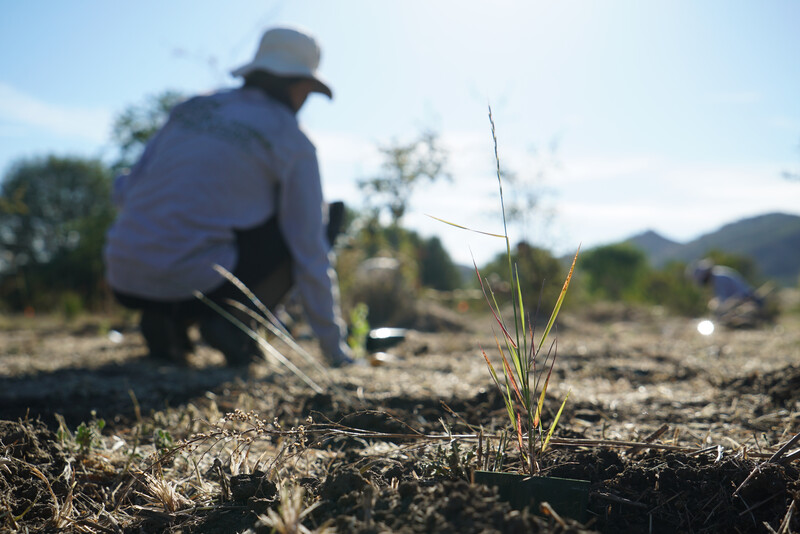
Lindsay is the Director of Media Relations for Re:wild and has a particular interest in leveraging communications to inspire conservation action. Lindsay is passionate about species-based conservation and finding compelling ways to tell stories that demonstrate the value of all of the planet’s critters, big and microscopic.




